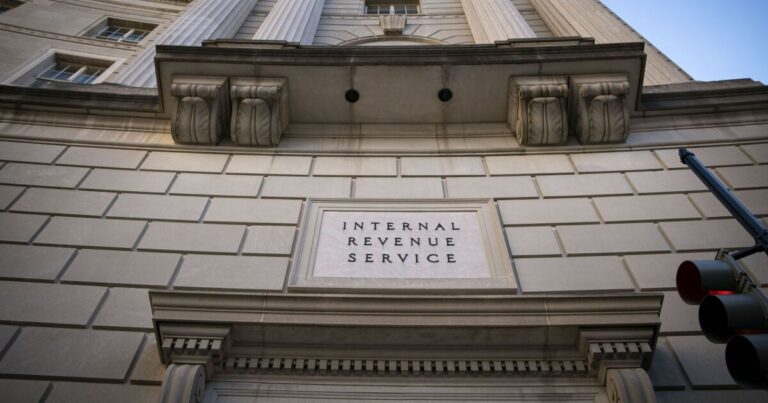The Internal Revenue Service is reevaluating how to gauge the more than 150 taxpayer service improvement projects it had been pursuing before staffing and budget cuts this year, according to a new report.
The report, released Thursday by the Government Accountability Office, noted that the IRS has struggled to improve how taxpayers experience IRS services. The Inflation Reduction Act of 2022 provided nearly $80 billion in extra funding to improve IRS operations, including taxpayer services, but much of that amount has since been reduced, especially on the enforcement side.
The report found the IRS was implementing a strategy to improve taxpayer services that included more than 150 projects that aimed to improve live assistance, online services, and more. However, the IRS hadn’t decided how to assess whether these projects improved the taxpayer experience.
“In light of recent funding and staffing reductions, IRS is reassessing these projects,” said the report. “We recommended using evidence to assess how IRS’s service improvement projects affect the taxpayer experience.”
As of February 2025, the IRS had been implementing a strategy to improve taxpayer services with Inflation Reduction Act funds, according to the report. The IRS developed two strategic objectives aligned with a range of service improvement projects. These included efforts such as to improve access to live assistance on the telephone and in person, and expand features that allow taxpayers to perform interactions online.
The GAO interviewed 10 selected groups representing taxpayers about what they wanted and needed from the IRS. These included clear guidance and tools. IRS officials described ongoing or planned actions to address these wants and needs, such as simplifying taxpayer notices and providing IRS staff computer systems and data to help taxpayers. In March 2025, however, the IRS said it is reassessing which IRA projects to continue because of changes in IRS funding and staffing levels.
“IRS transformation goes beyond technology,” wrote IRS Commissioner Billy Long in response to the report. “It’s about how people interact with the IRS. By digitizing forms and correspondence, the IRS is removing barriers for taxpayers who previously had to rely on paper-based processes. Taxpayer information will be at their fingertips—secure, accessible and as seamless as existing online banking.”
The report noted that the IRS’s efforts to improve the taxpayer experience have been spurred by statutory requirements, including the IRS’s Taxpayer Experience Strategy as required by the Taxpayer First Act of 2019. The IRS has acted to follow guidance from the White House Office of Management and Budget for high-impact service providers, including developing annual plans to improve priority services. However, the report pointed out that the IRS faces challenges in demonstrating that it has improved the taxpayer experience, such as limited data and measures, uncertain funding and staffing levels, and changes in complex tax laws. IRS officials discussed efforts to address these challenges, such as developing new measures, data and tools on how taxpayers experience IRS services.
However, the cutbacks have made the efforts to establish such practices difficult. “IRS officials said establishing an evidence-based approach using these and other key practices has been delayed,” said the report. “The IRS offices that had been coordinating IRA and taxpayer experience initiatives were disbanded in March 2025 and April 2025, respectively, according to IRS officials. As IRS reorganizes and reassesses priorities, integrating all key practices in an evidence-based approach can inform decisions to make the best use of resources in improving the taxpayer experience.”


